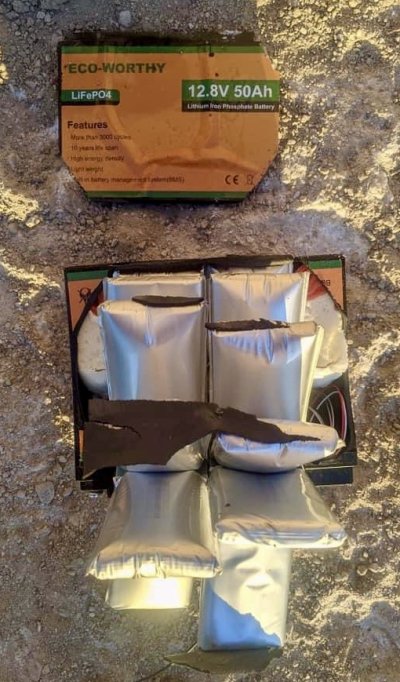SteveK
Guru
- Joined
- Jul 5, 2019
- Messages
- 5,757
- Location
- Gulf Islands, BC Canada
- Vessel Name
- Sea Sanctuary
- Vessel Make
- Bayliner 4588
I have the ME-RC50 remote. It shows an LFP profile 13.8 bulk, then 14.4 absord, then a float (it says) as determined by BMS. Equalization though not used is set at 14.4.
It sounds like you did a custom setting to what my remote or my inverter already has available.
Bought inverter new this year, how old is yours? I did read that LFP was added within recent years, whereas your RC-L remote creates via the custom profile.
It was the bulk at 13.8 I was wondering about after reading that LFP should charge at 14.4, your observation that it starts at 13.9 and works up to 14.5, short absorb, then float with lower current.
Thanks
It sounds like you did a custom setting to what my remote or my inverter already has available.
Bought inverter new this year, how old is yours? I did read that LFP was added within recent years, whereas your RC-L remote creates via the custom profile.
It was the bulk at 13.8 I was wondering about after reading that LFP should charge at 14.4, your observation that it starts at 13.9 and works up to 14.5, short absorb, then float with lower current.
Thanks




